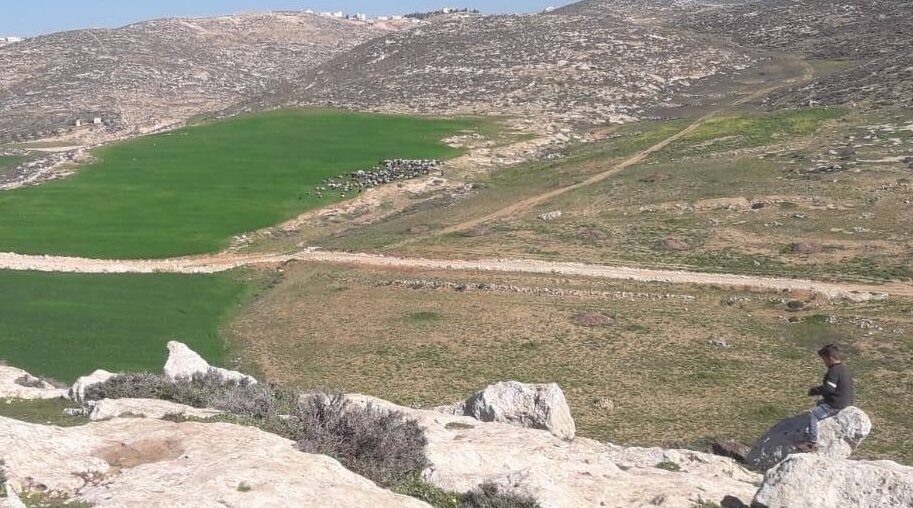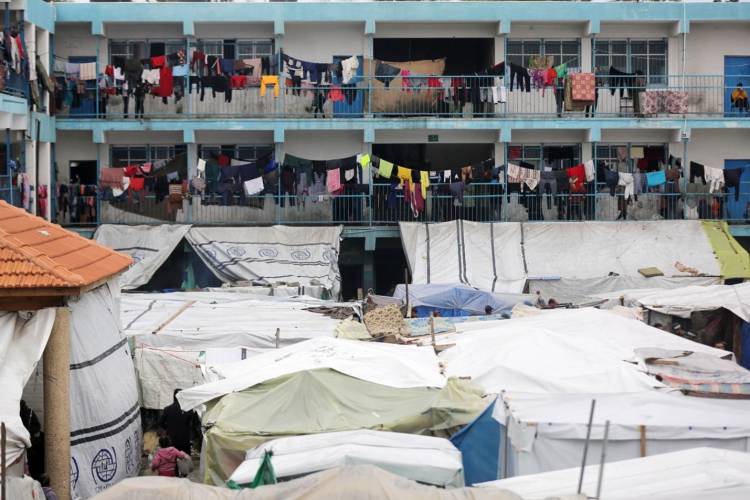Author: ISM Media
-
Continued Settler Appropriation of Community Garden in At-Tuwani
17 February 2024 | International Solidarity Movement | Masafer Yatta On February 14, for the second time in 3 days, a settler from an illegal outpost west of Ma’on settlement, entered At-Tuwani, in Masafer Yatta, to do illegal drilling and construction work in the Youth of Sumud garden. Five heavily armed and masked settlers in…
-
Wadi Tiran: The Struggle for Shepherding
13 February 2024 | International Solidarity Movement | Masafer Yatta In the secluded village of Tiran, two shepherd families report increasing harassment by settler shepherds from the nearby outpost “Havat Yehuda”. Tiran is one of many hamlets south of Al Khalil (Hebron), known collectively as Masafer Yata. Like other villages in the area, Tiran is…
-
UNRWA Aid Cuts: a Coordinated Political and Economic Attack
02 February 2024 | International Solidarity Movement | Gaza Mere hours after the ICJ ruling which found Israel is ‘plausibly’ committing genocide in Gaza and ordered it shall take “immediate and effective measures” to enable urgently needed basic services and humanitarian assistance into the besieged strip, the apartheid state started a timely orchestrated attack…



